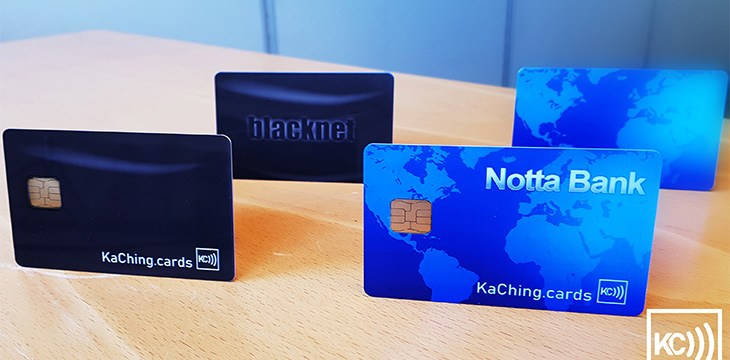|
Getting your Trinity Audio player ready...
|
Contactless bitcoin (BSV) payments with plastic cards, wearables, IOT-devices, phones and human body implants are coming, and the protocol to make it happen was released today by Bitcoin.no AS based in Norway.
After one year in the making, this milestone was reached and people around the world can finally build wallets and Point-Of-Sale (POS) systems using the same protocol for contactless payments. This enables different developer groups to work independently and compete with their products, while all devices can communicate with each other and transact globally.
Template Oriented
Inspired by Dr. Craig Wright, Chief Scientist of nChain, the protocol is template oriented and very flexible.
This means that both parties can add all sorts of bitcoin transaction inputs and outputs and unleash the true potential of bitcoin transactions with transparency management, on-chain transaction documentation, auto-accounting, instant taxation, micro payroll and direct distribution of turnover.
Simple yet Powerful
The team has tried to make the protocol as simple as possible without missing out on future use cases made possible by technological advancements in hardware. There are no “magic numbers” in the protocol limiting transaction sizes or complexity.
The protocol supports PIN codes/passwords of configurable length by the users. A public meta-key in the format of a standard bitcoin public key is also added to the protocol and can be used for various encryption schemes for metadata like receipts on the blockchain, or post transaction authentication, encryption, decryption or communication.
Proven to Work
The development of the protocol has been done side-by-side with the development of an implementation of both a wallet on an existing Java Card and a terminal. A requirement by Bitcoin.no AS was that the protocol should not be released until a terminal and a satisfying implementation on a Java Card was built.
An important factor has been speed. The team has spent a lot of time shaving off milliseconds from a transaction session by optimizing the code on the JavaCard. It is now down to 1.3 seconds, which gives a satisfying user experience.
Low Requirements
An important premise for the protocol is that the wallet does not require internet, a user interface or battery (no onboard clock). The wallet, such as a Java Card, can be monitored and administered by a secondary device like a phone. But the protocol can also be used directly by devices with internet connection, user interface and battery.
Going Forward
Bitcoin.no AS will build and publish tools for simple integration of KaChing into existing and new bitcoin wallets for various devices like phones and established POS terminals.
The team sees great value in building global bitcoin standards, and will continue this work forward.
Links
• KaChing APDU Transaction Protocol Specification
• KaChing APDU Transaction Protocol Explained

 12-13-2025
12-13-2025 





